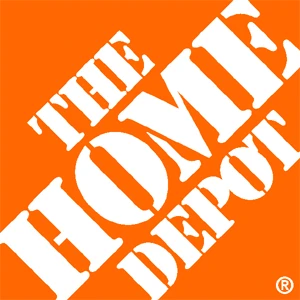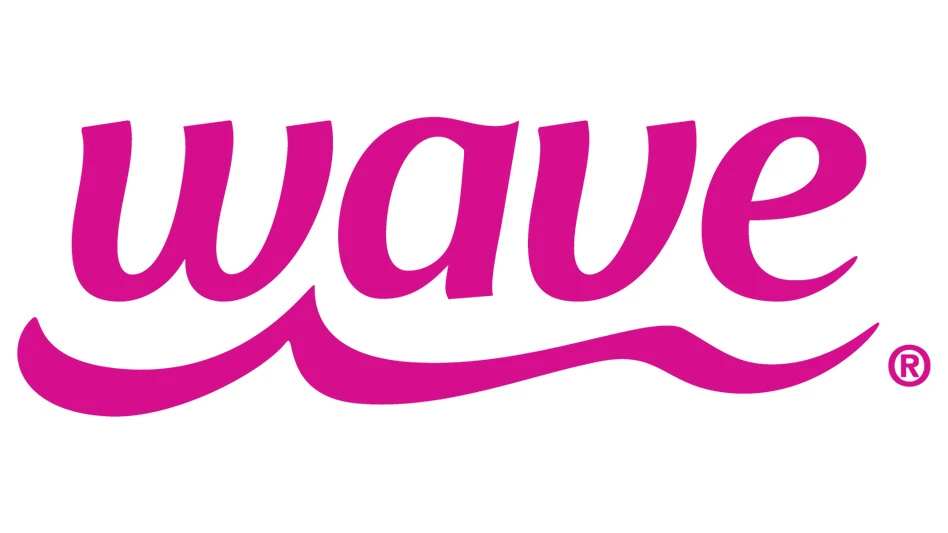
The Home Depot is requiring all plants that have been treated with neonicotinoids to bear a special tag informing customers that the plant has been exposed to that specific type of insecticide.
The retailer is concerned about the effect that neonicotinoid insecticides could be having on pollinator populations.
Neonicotinoid insecticides, such as clothianidin and imidacloprid, are used to defend trees, shrubs and plants against destructive invasive species like the Japanese beetle, hemlock woolly adelgid, emerald ash borer and Asian longhorned beetle. In some cases, neonicotinoids are approved regulatory treatments for certification and interstate movement of nursery and greenhouse crops. In others, they are used to manage the development of pesticide resistance to other treatment options.
“We’ve been in communication with the Environmental Protection Agency, insecticide industry and our suppliers for many months to understand the science and monitor the research,” says Stephen Holmes, Home Depot, director corporate communications. “We’re requiring all of our live goods suppliers to label plants that they have treated with Neonicotinoids by fourth quarter 2014.”
Growers that sell to the Home Depot need to provide a secondary tag for all plant material of all sizes. The tag is a 1” by 4.5” tag, and some growers are concerned about the stigma attached to it. J.Berry Nurseries supplies plants to the Home Depot, and the nursery has changed its practices to avoid the use of neonicotinoids. Jim Berry, the president of J. Berry Nurseries, says his growers had previously used neonicotinoids on tropical hibiscus to control whiteflies. But since the issue had become publicly recognized as a practice that potentially impacted bees and other pollinators, they started looking at alternative practices.
“We view it as the labeling of a plant with that tag is potentially creating customers’ perception that that plant should not be purchased,” Berry says. “Whether it’s a valid assumption or not, perception is reality. So you have to go with that. We certainly want consumers to be attracted to our plants instead of repelled by them.”
Not everyone agrees about the best course of action. Bayer CropScience North America said in a statement on the Home Depot decision that plant protection products, including neonicotinoids, are extensively reviewed by the EPA to make sure they are safe for humans and the environment before they reach the market. Neonicotinoids have been shown to have minimal environmental impact while protecting plants from destructive pests. More than 100 studies have concluded that when used according to label instructions, neonicotinoids are not harmful to bee colonies.
A report issued last year by the United States Department of Agriculture (USDA) and the EPA said honey bee health is being impacted by a wide range of factors including lack of forage, disease, and parasites. The USDA identified the Varroa mite as the most important factor related to honey bee colony decline. Australia uses neonicotinoids and has not experienced colony decline, possibly because honey bees there have not been threatened by invasion of the Varroa mite.
AmericanHort and the Horticultural Research Institute, in partnership with the Society of American Florists recently created the Bee and Pollinator Stewardship Initiative taskforce to look deeper into this issue. The taskforce is composed of horticultural professionals and supported by research scientists. It’s their view that pesticides may play some role in the concerns about pollinator health but are likely to be one relatively small factor in a complex array of challenges.
According to Joe Bischoff, regulatory and legislative affairs director for AmericanHort, and a member of the taskforce, there are three main components in its plan:
- Develop a bee and pollinator stewardship program that improves the circumstances surrounding pollinator health concerns.
- Fund research that will help answer key science questions that support the stewardship program.
- Spread the word to horticulture industry communities and customers how the program has a positive impact on pollinators and still allows us to mitigate the spread of invasive pests that threaten our natural environment.
One of the taskforce's goals is to identify research projects that will answer questions like how and when pollinators interact with plant material and the steps the horticulture industry can take in easing some of the challenges pollinators face. The group has moved swiftly to identify research project priorities and has begun identifying ways some growers can bolster pollinator health through providing forage, water, and habitat at plant production sites.
Learn more about the Bee and Pollinator Stewardship initiative here.
In the meantime, growers must either accept the potential consumer stigma associated with neonicotinoids, or make the necessary changes and hope their alternative methods work as well.
“It’s the cost of the tag and it’s the impact on consumers, maybe causing them to avoid purchasing plants with that tag,” Berry says. “It’s a double risk.”
Latest from Garden Center
- Monrovia research reveals gardening attitudes for 2025
- Weekend Reading 1/10/25
- Top 12 articles of 2024
- Garden Center magazine announces dates for 2025 Garden Center Conference & Expo
- Veseris expands in turf and ornamental with acquisition of Tessman and Lynde companies
- Pantone announces its 2025 Color of the Year
- Plant Development Services, Inc. unveils plant varieties debuting in 2025
- Happy holidays from the GIE Media Horticulture Group!





